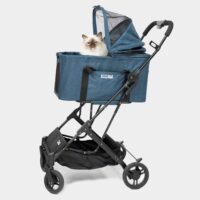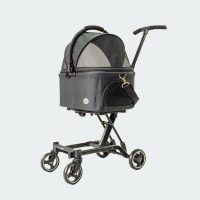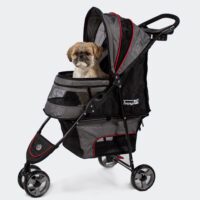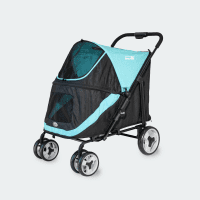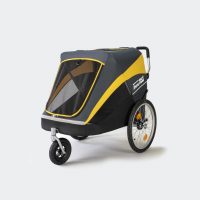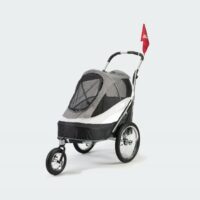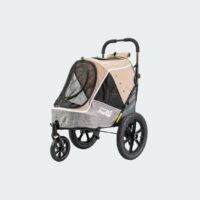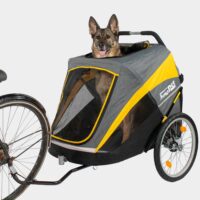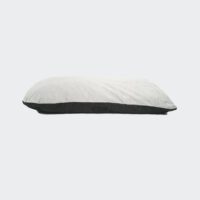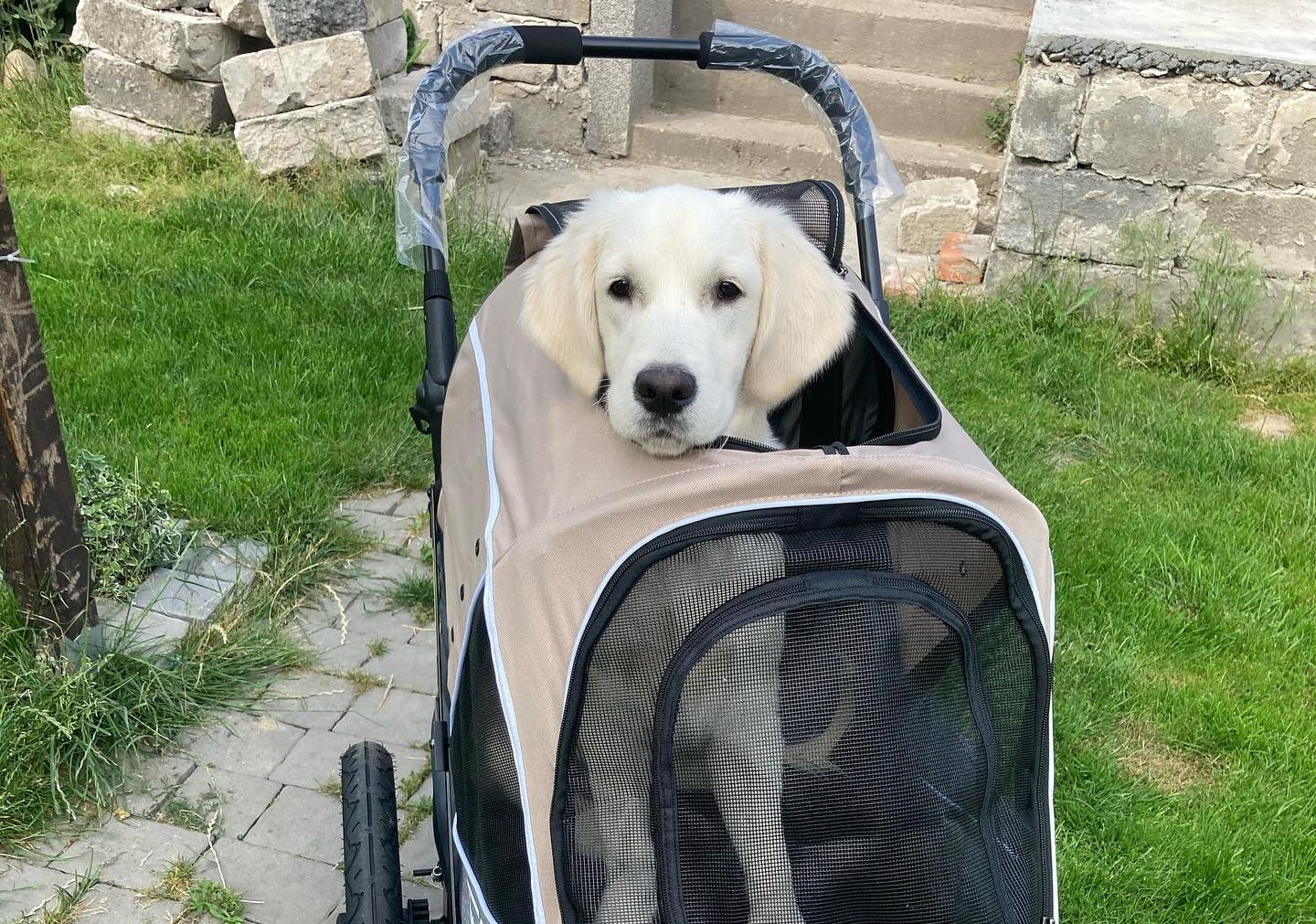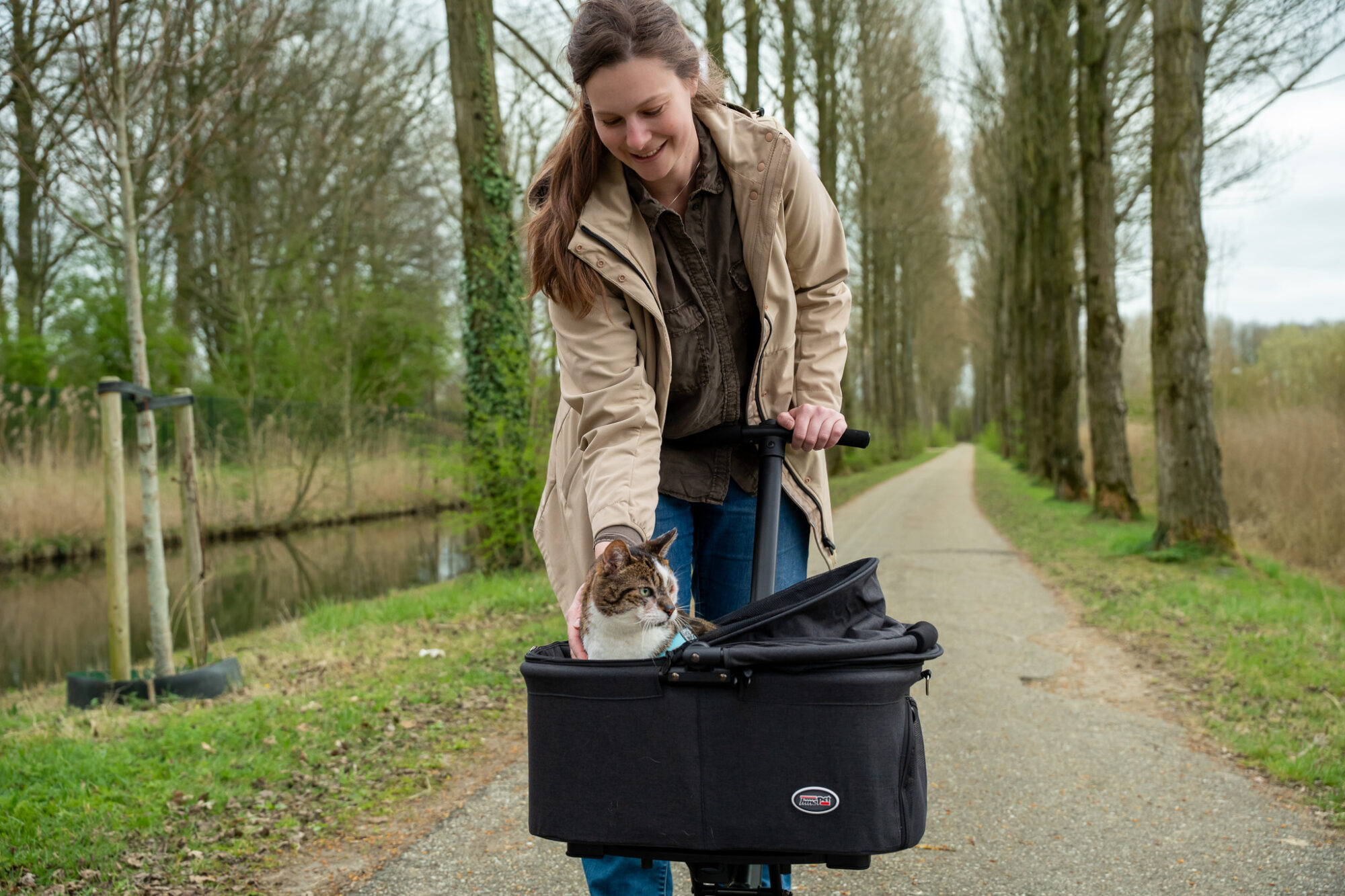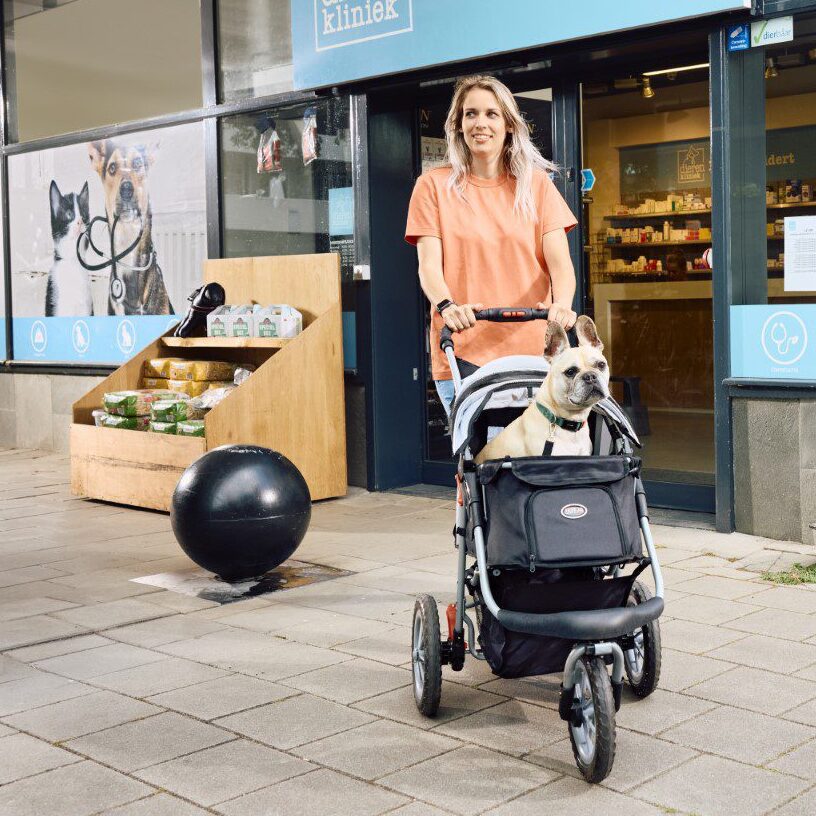How long is a puppy allowed to play?
It is tempting to want to play endlessly with your puppy, but less is often more. Puppies need plenty of sleep to grow. Too much play can lead to overtiredness and frustration. Divide playtime throughout the day into short, intense sessions. Start with 5-10 minutes per session and build up gradually.
How long should you walk a puppy?
Walking is important for your puppy’s development. It stimulates his senses and socialises him. But beware: a puppy’s legs are not yet as strong as those of an adult dog. Start with short walks and gradually build up the duration. Keep in mind that a puppy often needs several short walks a day rather than one long one.
The rule of thumb is: five minutes of walking for each month of the puppy’s life (spread throughout the day).
| 2 months (8 weeks) | 10 minutes of walking |
|
3 months (12 weeks) |
15 minutes of walking |
|
4 months (16 weeks) |
20 minutes of walking |
| 5 months (20 weeks) |
25 minutes of walking |
How long can you leave a puppy on its own?
It is important to gradually get your puppy used to being alone. Start with short absences and build up slowly. Never leave them alone for longer than their bladder can handle. Use a crate to create a safe and familiar place for your puppy.
| 8-10 weeks | Maximum 1 hour alone |
|
10-12 weeks |
Maximum 2 hours alone |
|
3-6 months |
From 3 months, the puppy can be alone for one hour per month of age. |
| After 6 months |
6 to 10 hours alone |
The above data are averages and may vary by dog, breed, habit and size. Make sure your puppy never has to hold its pee for too long.
Socialising your puppy
Socialisation is essential for the development of a balanced dog. By exposing your puppy to different people, animals and environments, they learn to cope with new situations and develop a positive attitude.
- Visit different places: Go to the park, the shop (if dogs are allowed), and other public places.
- Let your puppy interact with other dogs: Make sure the other dogs are friendly and well-socialised.
- Invite friends and family over: Introduce your puppy to different people, from babies to the elderly.
- Keep it positive: Reward your puppy with treats and praise when he responds well to new situations.
A dog stroller for your puppy?
How do you plan your day when your puppy needs to socialise outside, he has limited energy and you have indoor and outdoor tasks to do? A dog stroller might be your answer. Of course, you know that a puppy dog is not the same as a human baby, but when it comes to naps and mobility, they do have a fair amount in common.
Using the dog stroller, you can take your pup to new environments without spending all the energy on the walk there. By creating a safe place for your pup in the stroller, they are also safer from (large) strange dogs and enthusiastic children.
So maybe not even a crazy idea to use a dog stroller for your puppy.

